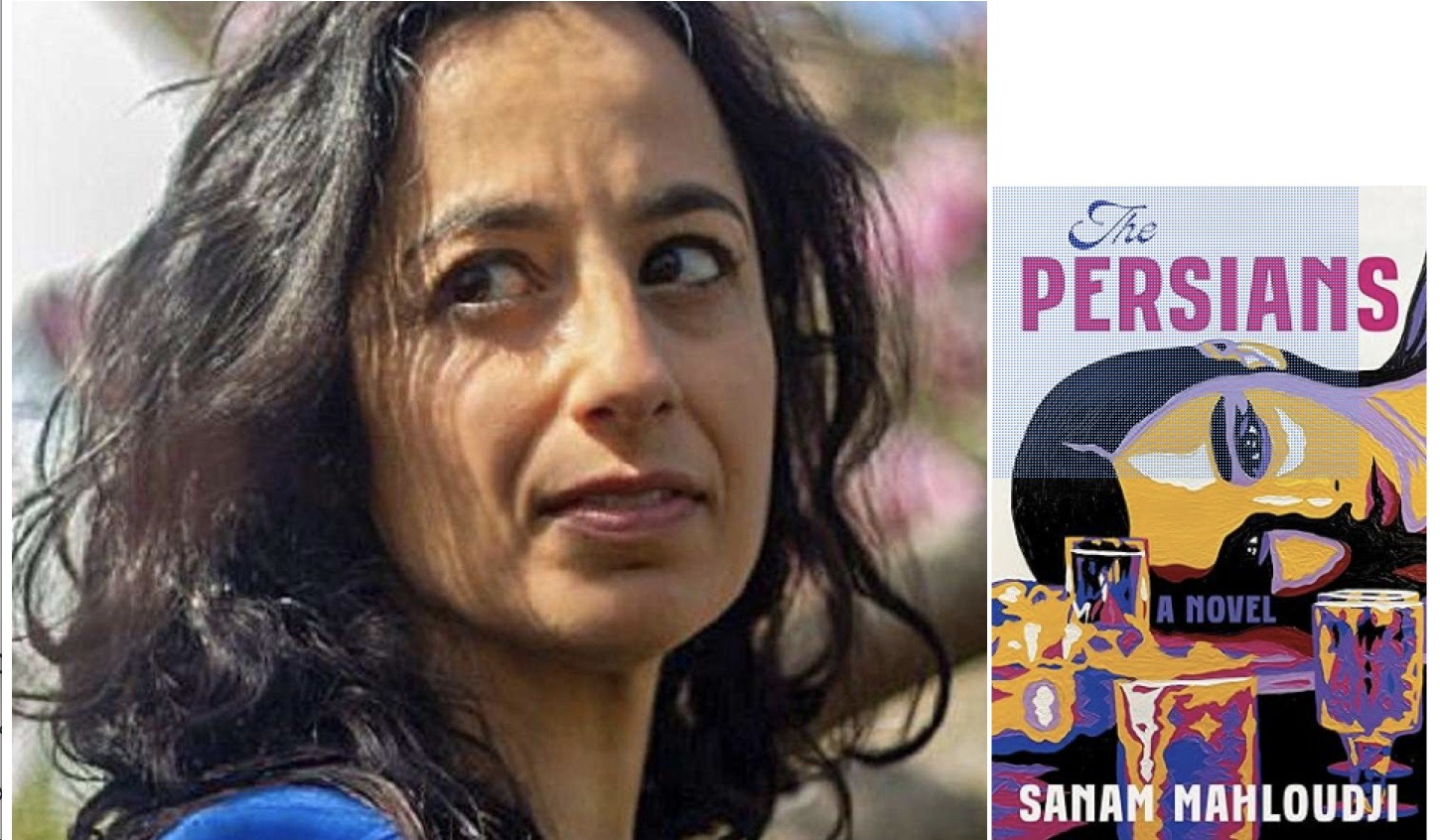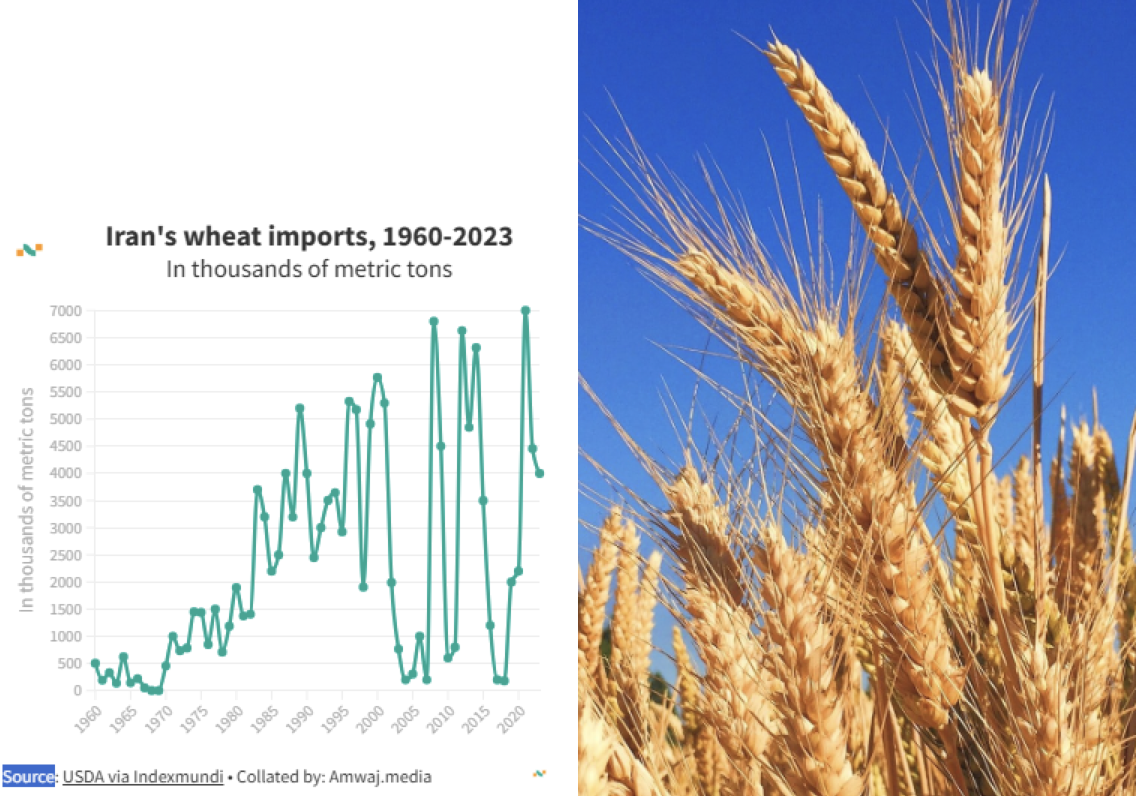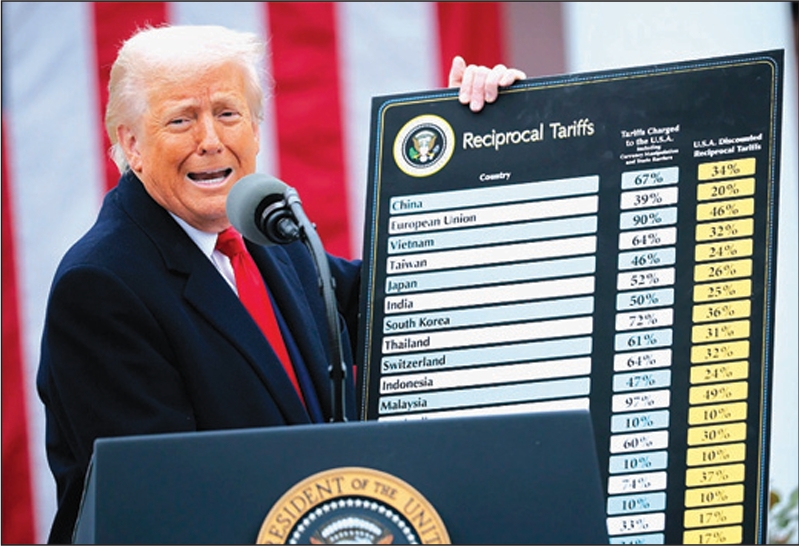In the last decade, the regime has tried all sorts of methods to suppress Valentine’s Day and save the Iranian people from its harmful clutches.
In previous years, police officers descended on shops in north Tehran, ordering shopkeepers to stop selling Valentine’s Day cards and to remove heart-themed decorations from their windows. Now, the campaign has gone one step further by banning the printing of all Valentine paraphernalia.
In a directive quoted by the Iranian Labor News Agency (ILNA), the guild of printshop owners said, “Printing and producing any goods related to this day, including posters, boxes and cards emblazoned with hearts or half-hearts, red roses, and any activities promoting this day are banned.” The directive warned that “outlets that violate this will be legally dealt with.”
The head of Tehran Printshop Owners Guild, Ali Nikusokhan, was quoted as saying, “Iran has an old civilization and it has various days for honoring kindness, benevolence and compassion. Therefore, using non-Iranian occasions is spreading Western culture. For this reason, the relevant officials have banned printing any advertisement posters, postcards and decorative designs promoting the day.”
He did not identify the “relevant officials” who had given him the order.
Farnaz Fassihi, a Tehran journalist, sees the main objection to Valentine’s Day as its celebration of love among unmarried couples. She quoted a moderate conservative paper in 2004 as saying there was no problem with Valentine’s Day if it were “an occasion for married couples to celebrate their love, not street friends.” She wrote that the same paper published an article in 2003 by a cleric calling on the government to have an Islamic Valentine’s Day as an alternative to the Western one.
Apparently, officials’ previous methods of impeding Valentine’s Day celebrations on February 14 have not worked. When demands to stop selling Valentine products did not produce the desired results, the authorities shuttered shops. In 2003, Hamid Mahdavi said he had been given a written notice to close his shop within 48 hours. He was furious when contacted by The Associated Press. “This is all heart-themed cards,” he said. “Is this corruption?” A store clerk continued to sell the forbidden items while Mahdavi was interviewed.
While Nikusokhan says the ban would not be harmful to business owners as the profit from such items was “small,” Fassihi wrote in 2004 Wall Street Journal article that sales before Valentine’s Day equaled those for Now Ruz, traditionally the biggest gift-giving holiday in Iran.
Presumably as a result of the Internet and satellite TV showing Americans and Europeans honoring their sweethearts, an increasing number of Iranians have been engaging in the holiday. Consequently, one salesman in a downtown Tehran perfume shop said in 2002 that his customers had increased up to 350 percent in the four days preceding Valentine’s Day. A colleague added that 65 percent of all customers were men buying perfume.
Although conservative outrage has been increasing over the last decade as St. Valentine is not an Islamic saint and the holiday is obviously Western, many mainstream Iranians still embrace the day of love. Reuters quoted one 23-year-old Tehran woman as saying, “I want to celebrate love on Valentine’s Day. I do not care if it is a banned Western cultural habit. I want to show my affection for my boyfriend.”
There is also a concern among some in the regime that Valentine’s Day is being observed by many people as a form of rebellion against the imposition of Islamic standards by the regime and thus is an act of political opposition.
February 14 may be Valentine’s Day in some countries, but in Iran it has a more significant history. It is the day in 1989 that Ayatollah Khomeini issued his death decree on Salman Rushdie for writing “The Satanic Verses.”






















